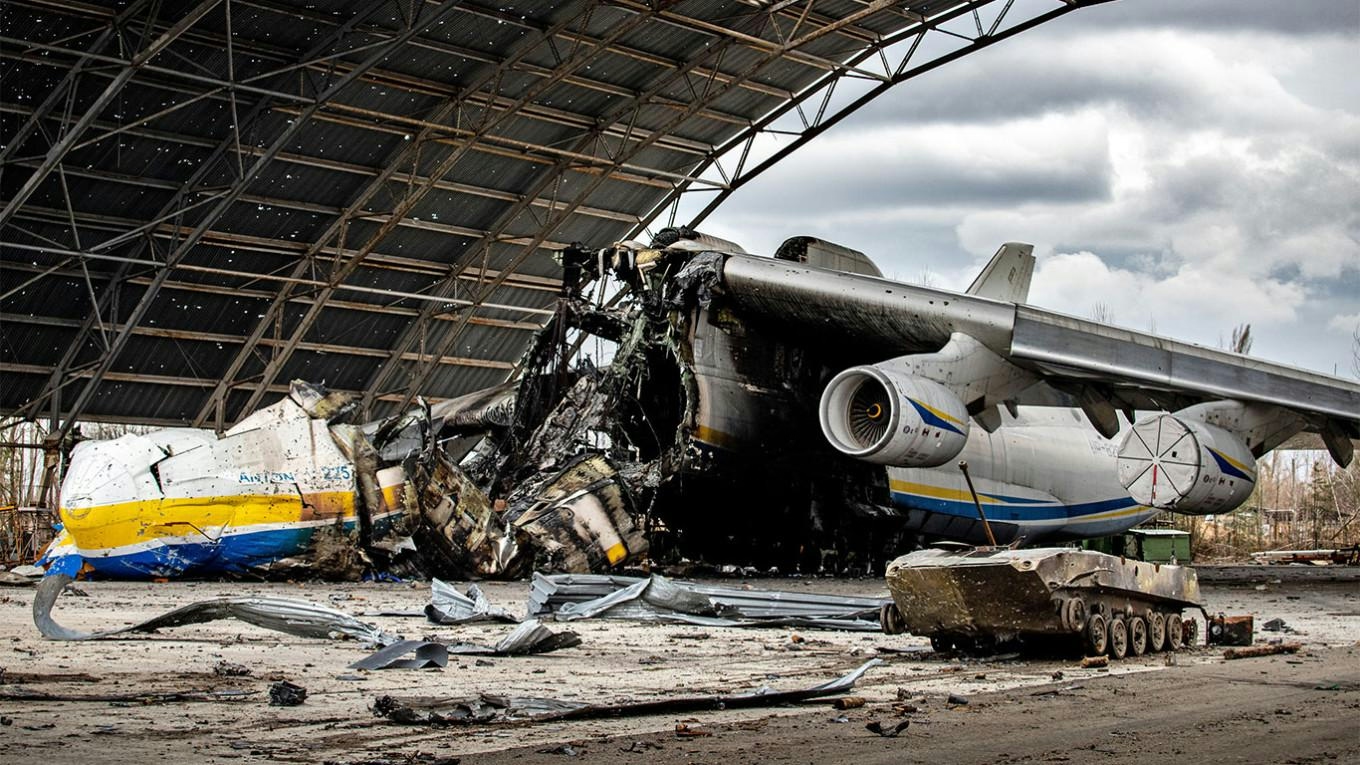
AeroGenie — Uw intelligente copiloot.
Trending
Categories
Air Lease CEO to Discuss Industry Trends at Deutsche Bank Forum

Air Lease CEO to Discuss Industry Trends at Deutsche Bank Forum
Air Lease Corporation (NYSE: AL) has announced that its CEO and President, John L. Plueger, will deliver a presentation at the Deutsche Bank 15th Annual Aviation Forum in New York City on Wednesday, September 3, at 9:00 a.m. Eastern Time. The forum, which convenes prominent leaders from the aviation sector, will be accessible via a live webcast on the Investors page of Air Lease’s website. Virtual attendees are advised to register in advance and ensure their audio software is properly configured. Supporting materials for the presentation will be made available beforehand in the company’s Investors section.
Addressing Industry Challenges and Strategic Responses
Plueger’s address arrives at a critical juncture for the aviation leasing industry, which is currently navigating a complex landscape marked by shifting market dynamics, regulatory developments, and the financial volatility associated with fluctuating fuel prices. These factors have significant implications for investor confidence and the broader market outlook for aviation leasing firms.
In light of these challenges, industry players are exploring various strategic initiatives, including fleet diversification, cost optimization, and the formation of strategic partnerships to enhance competitive positioning. Plueger is expected to outline how Air Lease is responding to these pressures and positioning itself to sustain growth amid evolving market conditions.
About Air Lease Corporation
Headquartered in Los Angeles, Air Lease is a leading global aircraft leasing company that provides tailored leasing and financing solutions to airline customers worldwide. The company focuses on acquiring new commercial aircraft and maintaining a dynamic portfolio to meet the needs of its clients. Air Lease regularly communicates key updates and investor information through its dedicated Investors section online.
For additional information, investors and media representatives may contact Jason Arnold, Vice President of Investor Relations, at investors@airleasecorp.com, or Ashley Arnold, Senior Manager of Media and Investor Relations, at press@airleasecorp.com. Further details and the webcast link are available at www.airleasecorp.com.
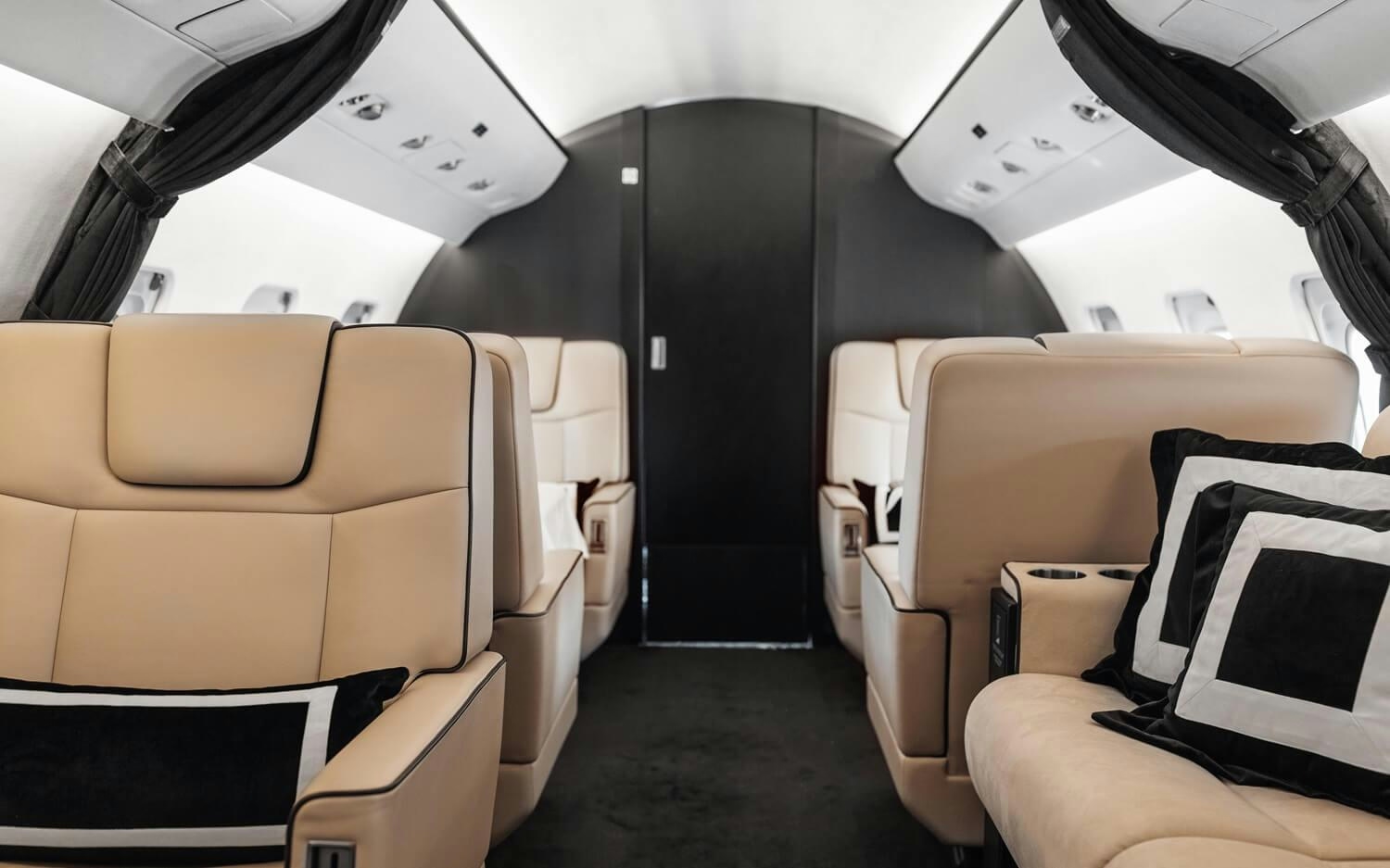
The Continued Importance of Charter Flight Cost and Time Estimators for Business Aviation
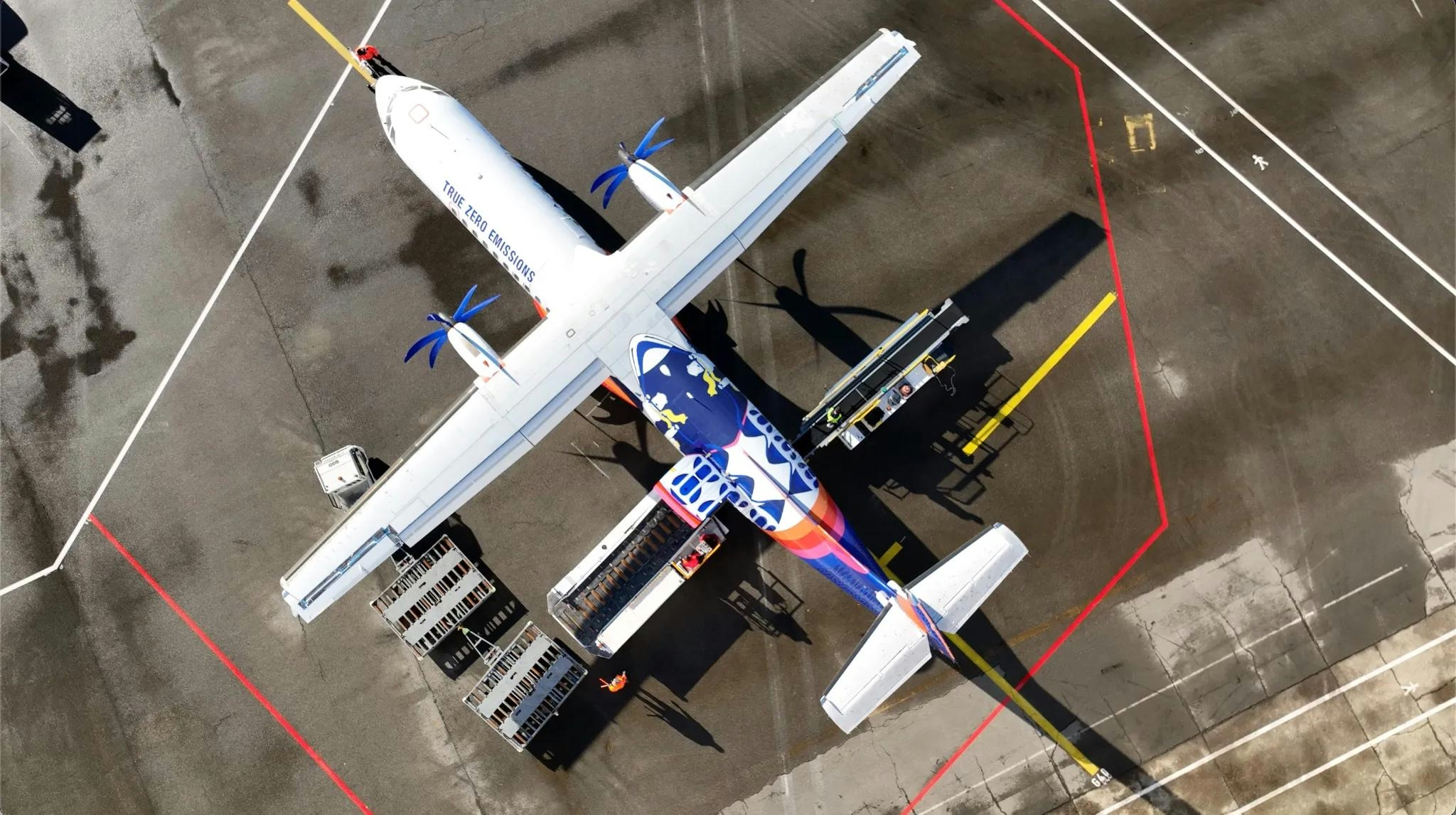
Pivot Airlines to Acquire First DHC-8-Q300 Aircraft

Global Aviation Market Projected to Reach $524 Billion by 2030

Boeing Subsidiary Unveils Pilotless Air Taxi
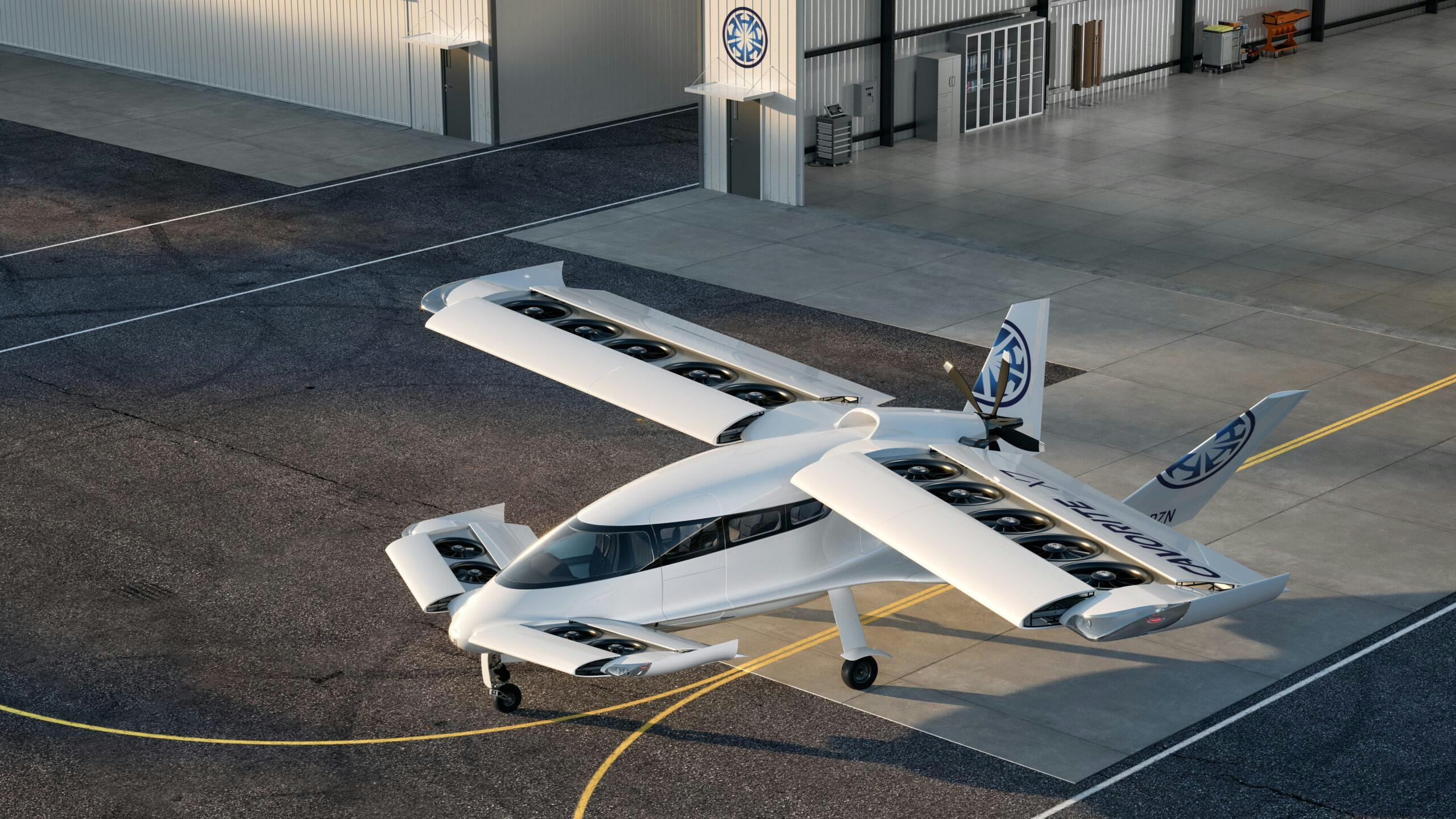
Horizon Progresses Cavorite X7 Toward IFR-Certified Flight

Comparing the Costs of the Boeing 747 and 787

UAE to Begin Drone Deliveries for Noon Minutes Orders
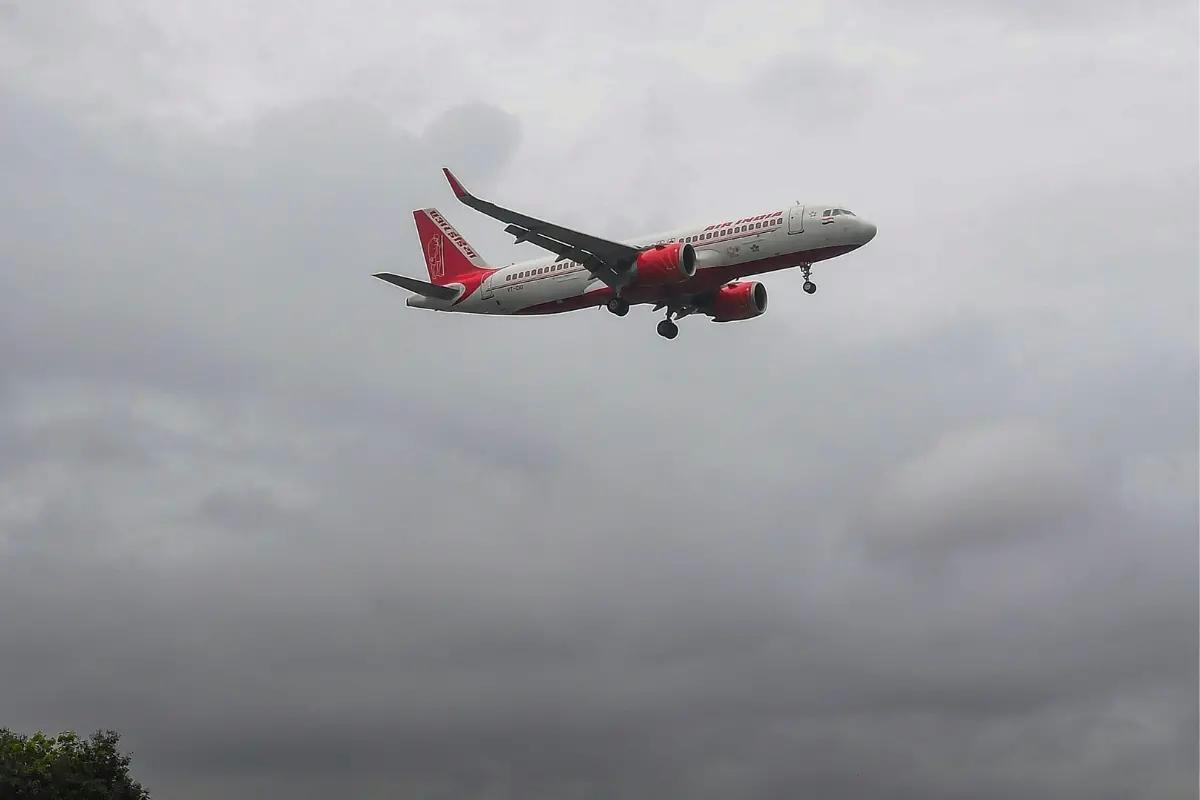
Air India CEO Predicts Visible Changes in 2026
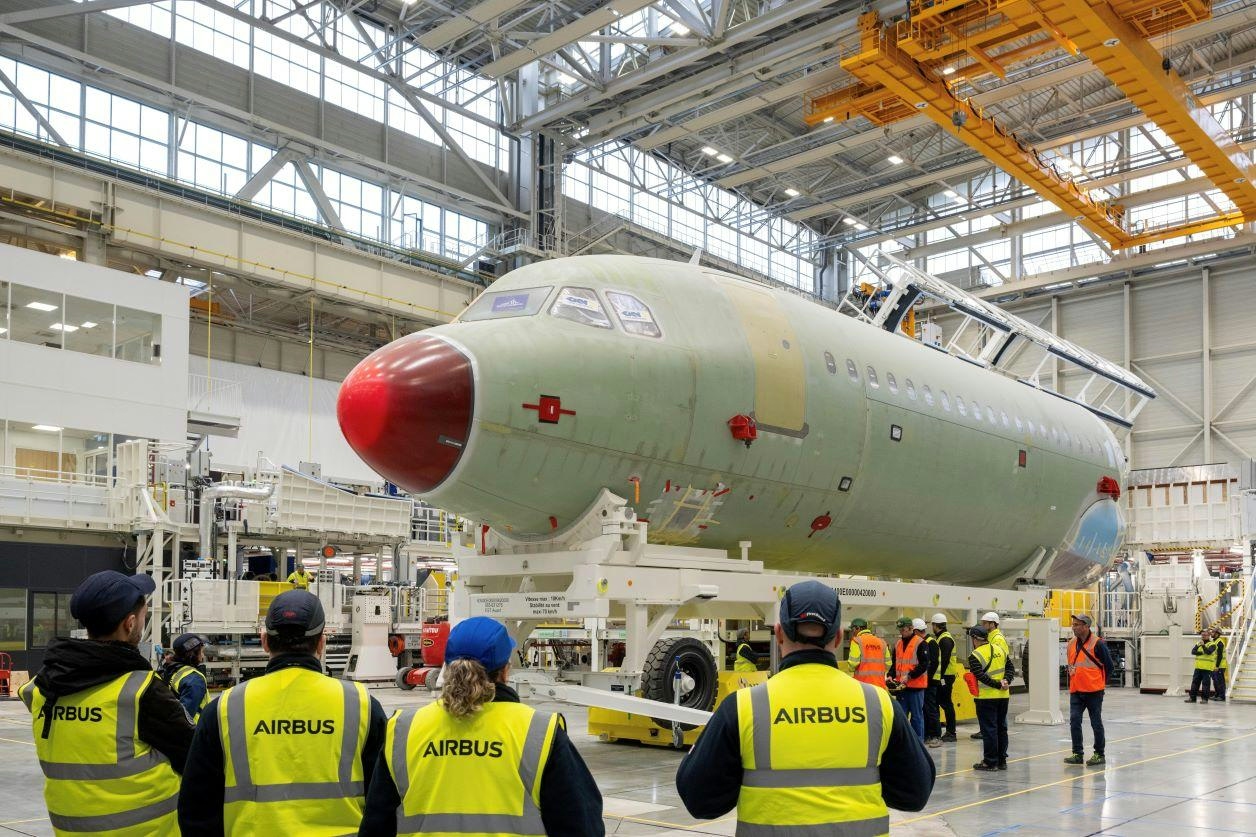
Airbus Project Strengthens Software Investment in Portugal
